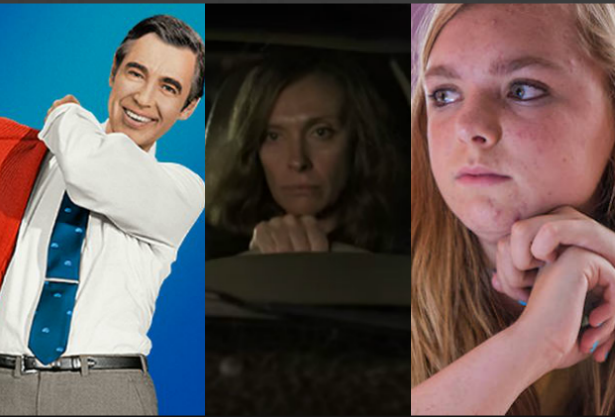More than Half of 2020's Sundance Dramatic Competition Films Directed by People of Color
But festival shows slight dip in female directors in main competition lineup
Even though last year’s Sundance didn’t see studios break the bank to acquire a movie, the Park City festival was still the launch pad for several future indie hits that competed or premiered there. Here are the biggest ones from the last 12 months.

“Colette” ($5.1 million domestic) — Our list opens with Keira Knightley’s portrayal of the author of the “Claudine” novels, who strikes out on her own after her manipulative husband takes the novels to Paris and claims that he wrote them. Bleecker Street bought the film for $4 million and saw a minor return on the film.
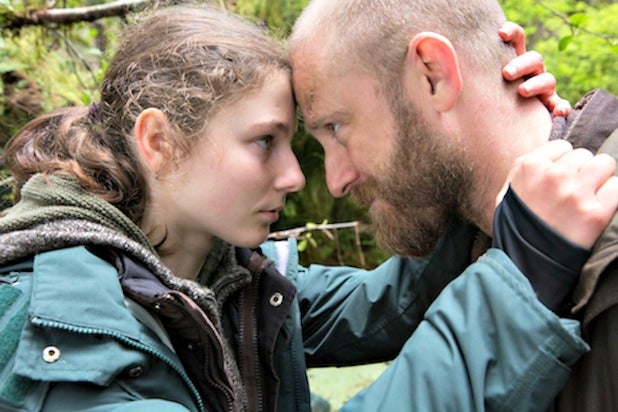
“Leave No Trace” ($6 million) — “Winter’s Bone” director Debra Granik won praise from indie circles for her gentle direction of a single father and his teenage daughter’s wayward journey from one home to another after being caught living off the grid.
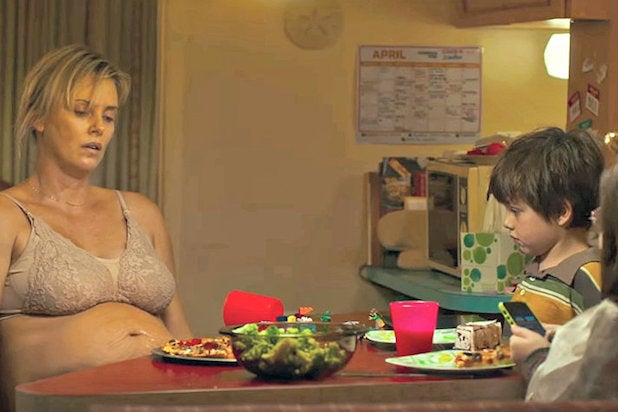
“Tully” ($9.4 million) — The buzz for Charlize Theron’s performance as a weary single mother began with a surprise screening at Sundance, going on to gross just under $10 million domestically.

“Three Identical Strangers” ($12.3 million) — Director Tim Wardle received a Special Jury Prize at Sundance for his competition-screened telling of triplets who were separated at birth thanks to an unethical behavioral science experiment. “Strangers” was one of four documentaries in 2018 to gross over $12 million at the box office, the first time that has ever happened in a calendar year.
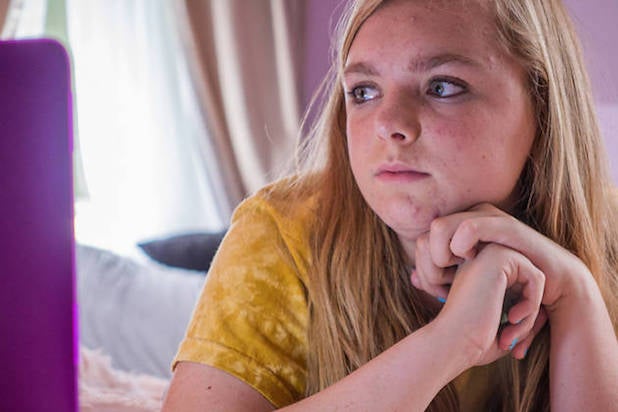
“Eighth Grade” ($13.5 million) — It was snubbed by the Sundance jury AND the Academy, but “Eighth Grade” was still a striking debut for both its director, Bo Burnham, and its lead star, Elsie Fisher. The coming-of-age tale earned one of the highest opening per screen averages of the year, as A24 also held free screenings for teens to get around the film’s R rating.
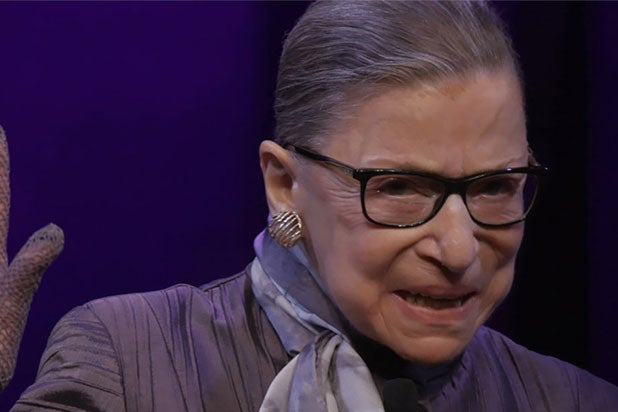
“RBG” ($14 million) — Last year saw Ginsburg Mania hit a fever pitch, highlighted by the success of Magnolia Pictures’ documentary on the Supreme Court Justice released in the middle of a blockbuster-loaded May. And now it has earned Magnolia its second straight Oscar nomination, joining last year’s doc “I Am Not Your Negro”
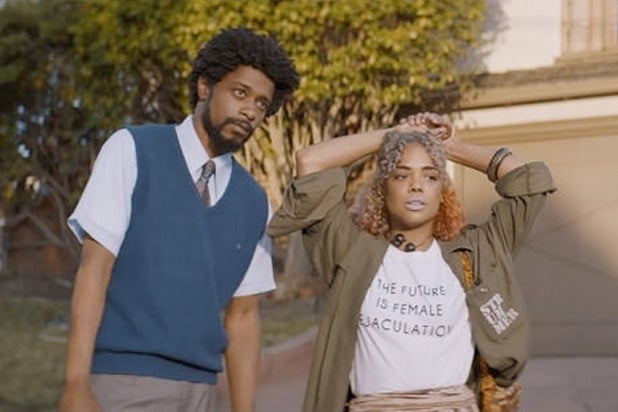
“Sorry to Bother You” ($17.5 million) — Boots Riley’s directorial debut became an instant cult classic with its bizarre imagery and cutting social commentary. It was purchased by Annapurna in an effort to built its distribution wing and became its first legit indie box office hit.
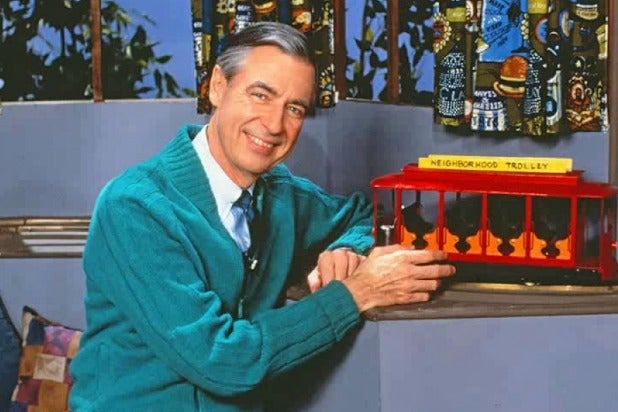
“Won’t You Be My Neighbor?” ($22.8 million) — Morgan Neville’s ode to Mister Rogers might have been shockingly snubbed from the Oscars, but it was still the most talked about film at Sundance and one of the most popular docs of the past decade. Released in the summer, it now ranks as one of the top 10 highest grossing nonfiction films of all-time.
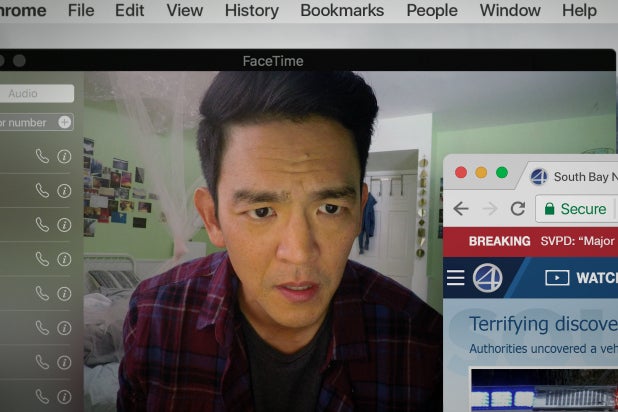
“Searching” ($26 million) — The feature debut of Indian-American filmmaker Aneesh Chaganty made a huge splash in Sundance’s Next section and made a mint after being released by Sony in the late summer. Made on a paltry $1 million budget and bought for $5 million, “Searching” stars John Cho and tells the story of a father searching for his disappeared daughter, with almost the whole film being told on smartphone and computer screens.
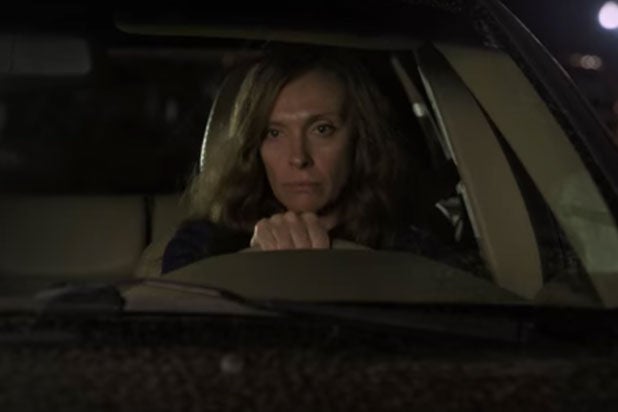
“Hereditary” ($44.1 million) — The biggest box office hit of Sundance 2018 was a midnight section film produced by A24. “Hereditary” earned critical and audience acclaim for its disturbing portrayal of grief and its destructive power, and was declared by many to be the finest performance of Toni Collette’s career.
Several films that premiere or compete in Park City go on to become the indie darlings of tomorrow
Even though last year’s Sundance didn’t see studios break the bank to acquire a movie, the Park City festival was still the launch pad for several future indie hits that competed or premiered there. Here are the biggest ones from the last 12 months.
Source: Read Full Article
